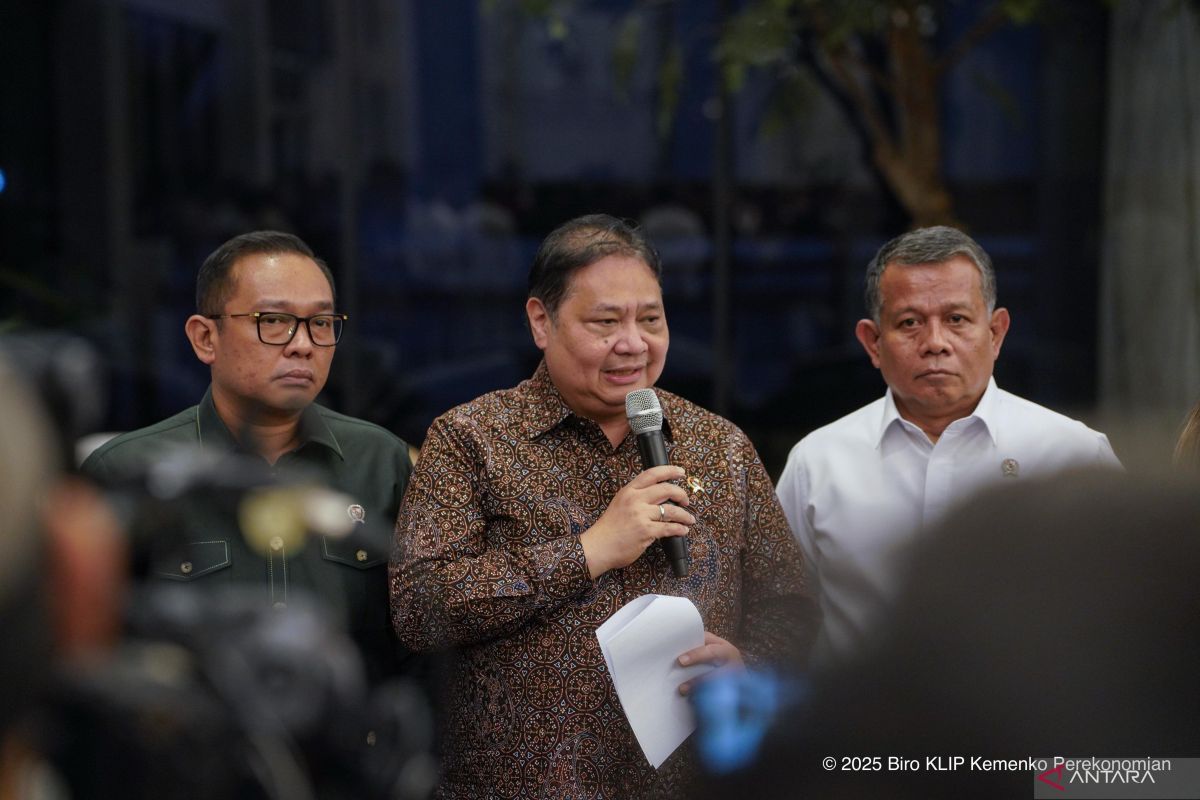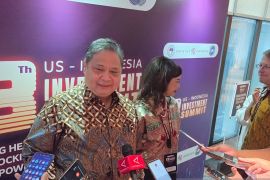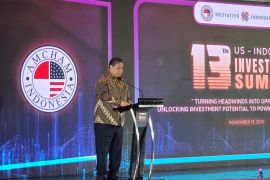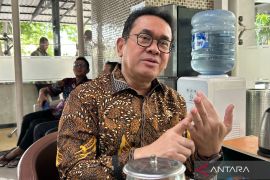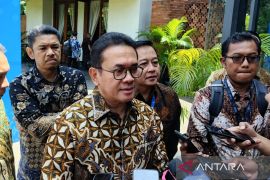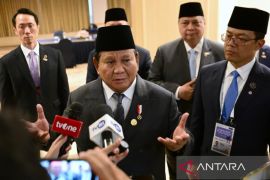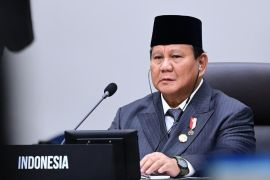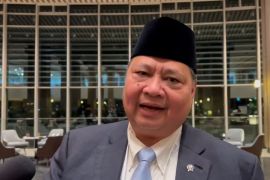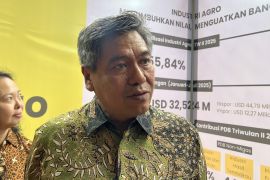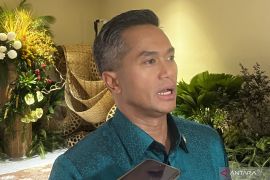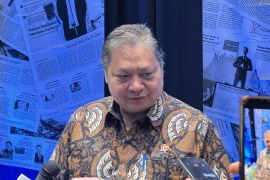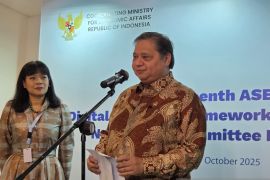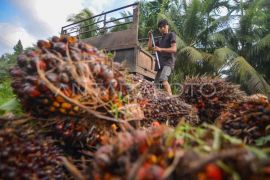Held in Jakarta on Monday, the event was attended by business representatives and trade associations and aimed to help stakeholders better understand the deal’s impact on future trade and investment.
In an official statement issued on Tuesday, Hartarto highlighted that the new tariff rate imposed on Indonesian products is the lowest among ASEAN countries and key export competitors.
“If we look at the figures, Indonesia's rate is the lowest,” he said.
He compared Indonesia's situation with other countries, noting that Vietnam and the Philippines face tariffs of up to 20 percent, Malaysia and Brunei 25 percent, Cambodia 36 percent, Myanmar and Laos 40 percent, and Thailand 36 percent. Textile-producing countries such as Bangladesh, Sri Lanka, Pakistan, and India face even higher tariffs, ranging from 27 to 35 percent.
Hartarto also explained that Indonesia's import tariff structure — based on the 2022 Indonesian Customs Tariff Book — includes 11,555 HS codes (Harmonized System product categories). Of these, 11.7 percent carry a 0 percent tariff, while 47.1 percent are subject to a 5 percent tariff.
"With this agreement, we are extending zero-percent tariff access to the US — just as we've done in other trade deals with ASEAN, China, the EU, Canada, Australia, New Zealand, and Japan," he added.
Beyond tariff reductions, both countries have also resolved several non-tariff trade barriers. Specific details will be published in an upcoming joint statement.
Hartarto emphasized that the new trade deal will not negatively affect Indonesia's trade balance, as the agreement mainly involves importing goods the country already needs — such as wheat, soybeans, and energy-related commodities — but from new sources.
"These are products we've been importing anyway — this is simply a shift in supplier countries," he explained.
The reciprocal tariff cuts are expected to deliver strategic benefits for Indonesia, including stronger economic growth, enhanced food security, and better protection for labor-intensive industries — potentially safeguarding up to one million jobs.
Hartarto noted that Indonesian products such as palm oil have become increasingly competitive, with rising demand in both the US and Europe.
"If this agreement hadn't been reached, we would have risked losing our competitive edge, and a million jobs could have been at stake," he said. "The United States wants to be Indonesia's partner — the third-largest democracy and the largest economy in Southeast Asia."
He added that Indonesia is among the first countries to secure such a trade agreement with the US. As a result, the planned 19 percent tariff, initially set to take effect on August 1, will no longer apply to Indonesian goods.
The new tariff policy will be formalized in a joint statement to be issued soon.
Related news: Textile, footwear industries face most US tariff impact
Related news: Garuda Indonesia, Boeing still negotiating aircraft deal: Hartarto
Translator: Bayu, Azis Kurmala
Editor: Anton Santoso
Copyright © ANTARA 2025
